BETA-DPN LITHIUM SALT
Synonym(s):NAD;DPN;β-NAD;COI;Nadide
- CAS NO.:64417-72-7
- Empirical Formula: C21H28LiN7O14P2
- Molecular Weight: 671.38
- MDL number: MFCD00036974
- EINECS: 264-884-1
- SAFETY DATA SHEET (SDS)
- Update Date: 2025-11-24 17:44:56

What is BETA-DPN LITHIUM SALT?
Description
Nicotinamide adenine dinucleotide (abbreviated NAD and sometimes called nadide) is a biomolecule present in all living cells. As its name implies, it consists of two nucleotides, one with an adenine base and the other with a nicotinamide base. The two are joined by their phosphate groups.
NAD exists in an oxidized form (NAD+) and a reduced form (NADH). The neutral form of NAD+?is shown in the images. This is the more common β-isomer; the α-isomer has the opposite stereochemistry at the nicotinamide linkage.
The biological activity of the coenzyme NAD was first observed by British biochemists Arthur Harden and William John Young in 1906 when they noticed that a yeast extract accelerated alcoholic fermentation.
In the 1930s, several German biochemists isolated NAD, for example from baker’s yeast (Paul Ohlmeyer) and from erythrocytes (Nobel laureate Otto Heinrich Warburg and Walter Christian). In 1950, British Nobel laureate Alexander J. Todd reported a laboratory synthesis of NAD.
The most important function of NAD+?is as an oxidizing agent in cellular metabolism. (The reduced form NADH, conversely, acts as a metabolic reducing agent.) NAD+?also has roles in adenosine diphosphate (ADP)–ribose transfer reactions that involve the poly(ADP–ribose) polymerase enzyme1 (PARP1) and several other enzymatic processes.
This year, David A. Sinclair of Harvard Medical School and a dozen colleagues at institutions worldwide reported an exciting new role for NAD+. They recognized that NAD+levels in animals (in this case laboratory mice) decline with age, which impairs the activity of PARP1 and leads to DNA degradation. They found that when NAD+?is orally administered to aging mice,?PARP1 activity is restored and the mice are rejuvenated.
Sinclair believes that NAD+?could be given prophylactically to prevent or reduce diabetes, cancer, and other age-related conditions. Besides the obvious benefit to individuals, this discovery would ease the strain on the health care system by reducing the need for expensive medical treatment among the elderly.
The Uses of BETA-DPN LITHIUM SALT
β-Nicotinamide adenine dinucleotide (NAD+) and β-Nicotinamide adenine dinucleotide, reduced (NADH) comprise a coenzyme redox pair (NAD+:NADH) involved in a wide range of enzyme catalyzed oxidation reduction reactions. In addition to its redox function, NAD+/NADH is a donor of ADP-ribose units in ADP-ribosylaton (ADP-ribosyltransferases; poly(ADP-ribose) polymerases ) reactions and a precursor of cyclic ADP-ribose (ADP-ribosyl cyclases).
What are the applications of Application
NAD+, Lithium Salt is a major electron acceptor compound active in biological oxidations
Biochem/physiol Actions
Electron acceptor
Properties of BETA-DPN LITHIUM SALT
| storage temp. | -20°C |
| solubility | H2O: 50 mg/mL |
Safety information for BETA-DPN LITHIUM SALT
Computed Descriptors for BETA-DPN LITHIUM SALT
BETA-DPN LITHIUM SALT manufacturer
Innovative
New Products
4,4-Difluoropiperidine hydrochloride tert-butyl 9-methoxy-3-azaspiro[5.5]undecane-3-carboxylate Indole Methyl Resin N-Isopropylurea N,N-Dicyclohexylcarbodiimide(DCC) MELDRUMS ACID 5-METHYLISOXAZOLE-4-CARBOXYLIC ACID Magnessium Bis glycinate Zinc ascorbate 1-bromo-2-butyne 2-acetamidophenol 9(10H)-anthracenone Erythrosin B, 4-Piperidinopiperidine 2-((4-morpholinophenylamino) (methylthio) methylene) malononitrile 2,4-dihydroxybenzaldehyde 3-(4-morpholinophenylamino)-5-amino-1H-pyrazole-4-carbonitrile Methyl 2-methylquinoline-6-carboxylate 2,6-dichloro-4-nitropyridine 4-Bromo-2-chlorobenzonitrile 2-(benzylamino)acetic acid hydrochloride 4-(tert-Butoxycarbonylamino)but- 2-ynoic acid 3,4-dihydro-2H-benzo[b][1,4]dioxepine 1-Phenyl-1-cycloprppanecarboxylicacidRelated products of tetrahydrofuran
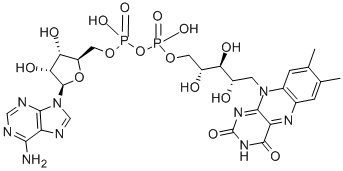
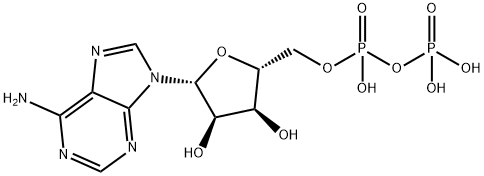
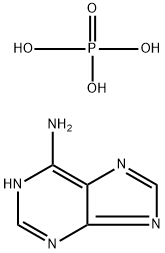
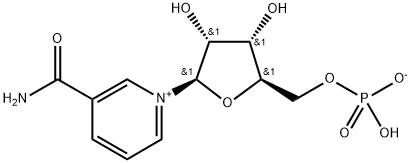


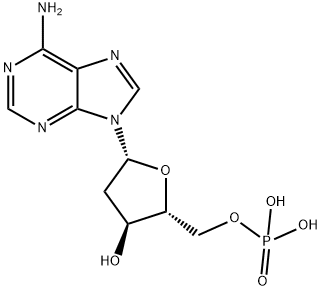

You may like
-
 ß-Nicotinamide Adenine Dinucleotide Lithium Salt (Oxidized) (ß-NAD.Li) extrapure CAS 64417-72-7View Details
ß-Nicotinamide Adenine Dinucleotide Lithium Salt (Oxidized) (ß-NAD.Li) extrapure CAS 64417-72-7View Details
64417-72-7 -
 NAD+, Lithium Salt CAS 64417-72-7View Details
NAD+, Lithium Salt CAS 64417-72-7View Details
64417-72-7 -
 β-Nicotinamide adenine dinucleotide lithium salt from Saccharomyces cerevisiae CAS 64417-72-7View Details
β-Nicotinamide adenine dinucleotide lithium salt from Saccharomyces cerevisiae CAS 64417-72-7View Details
64417-72-7 -
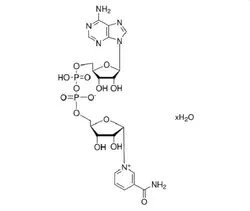 Beta-Nicotinamide Adenine Dinucleotide, Oxidized (Beta-NAD) (CAS Number: 53-84-9)View Details
Beta-Nicotinamide Adenine Dinucleotide, Oxidized (Beta-NAD) (CAS Number: 53-84-9)View Details
53-84-9 -
 Nicotinamide Adenine Dinucleotide (Reduced Form NADH) CAS No. 606-68-8View Details
Nicotinamide Adenine Dinucleotide (Reduced Form NADH) CAS No. 606-68-8View Details
606-68-8 -
 20677-73-0 (2,2-diethoxyethyl)methylamine 98%View Details
20677-73-0 (2,2-diethoxyethyl)methylamine 98%View Details
20677-73-0 -
 3-(4-(hydroxyamino)-1-oxoisoindolin-2-yl)piperidine-2,6-dione 98%View Details
3-(4-(hydroxyamino)-1-oxoisoindolin-2-yl)piperidine-2,6-dione 98%View Details -
 57381-49-4 2-bromo-4-chlorobenzonitrile 98%View Details
57381-49-4 2-bromo-4-chlorobenzonitrile 98%View Details
57381-49-4
